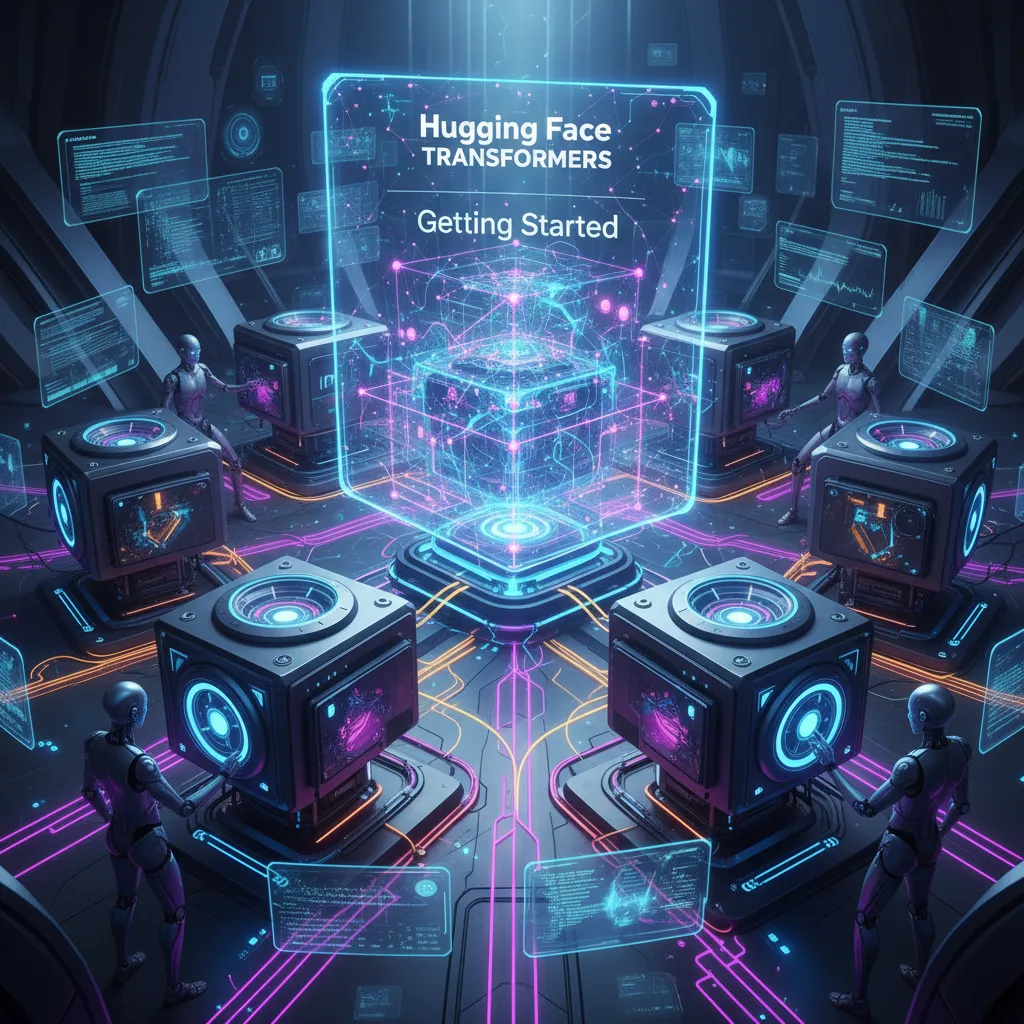When I first tried to run a language model on my (trusty, overheating) home PC, the noise nearly drowned out my thoughts—let alone my podcast. But oh, the thrill! Fast forward to today, and the choice between keeping AI models local or sending them on a cloud adventure is one riddled with surprises. Some folks brag about cost savings, others lament surprise bills. If you’re stuck between homegrown hardware and renting server space in the sky, let me share some fresh insights and oddball lessons from my AI hosting escapades.
Section 1: The Local Side Hustle – Why Hosting AI at Home Still Has Its Charm (and Woes)
When I first set up my own AI model hosting server in my home office, I didn’t expect the server fan to become my new white noise machine. The constant hum was oddly comforting—until it wasn’t. But that’s just one of the many quirks that come with local deployment. As someone who’s spent weekends knee-deep in cables and error logs, I’ve seen firsthand both the benefits and the headaches of running AI models at home.
Local Deployment Benefits: Privacy and Control
One of the biggest draws for local deployment is privacy. When your AI models live on your own hardware, there are no outside eyes on your data unless you invite them. This is especially crucial for projects involving sensitive information, like custom large language models (LLMs) trained on proprietary or regulated datasets. With local deployment, you’re not just a user—you’re the gatekeeper. No third-party cloud provider can access your data or model weights unless you explicitly allow it.
Customization: The Tinkerer’s Playground
If you love to experiment, local AI model hosting features a level of customization that’s hard to beat. You can swap out GPUs, try bleeding-edge frameworks, or fine-tune your models with unique datasets—all without waiting for cloud providers to catch up. For hobbyists and researchers, this freedom is a huge plus. I’ve lost count of how many times I’ve reconfigured my setup just to squeeze out a few extra frames per second or test a new library.
Performance and Latency: Speed at Your Fingertips
Another key advantage is latency. Local deployments often deliver faster inference times because there’s no need to send data back and forth to the cloud. For edge use cases—like robotics, real-time video analysis, or interactive AI assistants—this can make all the difference. When milliseconds matter, keeping the model close to the data source is a smart move.
The Realities: Maintenance and Scaling Woes
But let’s talk about the flip side. DIY maintenance is a real commitment. I’ve spent more Saturday nights than I’d like to admit googling obscure error logs and troubleshooting hardware failures. Unlike cloud platforms, there’s no support hotline for your home server. If something breaks, it’s on you to fix it.
Then there’s the issue of scalability. Running one or two GPUs is manageable, but scaling up gets expensive—and loud. The heat output from a rack of GPUs can turn your office into a sauna. I once joked that I could fry an egg on my server rack, but after a summer heatwave, it didn’t feel like much of a joke anymore. Power and cooling costs spike dramatically as you scale, quickly erasing any perceived cost savings over cloud deployment.
Best Use Cases for Local AI Model Deployment
- Prototyping and small-scale experiments
- Projects with strict data privacy or regulatory requirements
- Environments where low latency is critical
- Custom fine-tuning and hardware experimentation
In summary, local deployment benefits those who value privacy, hands-on control, and ultra-low latency. But be prepared: the charm of hosting AI at home comes with real-world trade-offs in maintenance, cost, and scalability.
Section 2: Cloud City – Scalable AI Hosting on Someone Else’s Metal (or Magic)
When I first started deploying AI models, the idea of spinning up a production-ready environment in minutes felt like science fiction. But in 2025, AI cloud hosting platforms like AWS SageMaker, Google Cloud Vertex AI, Northflank AI, and Azure AI Studio have made this a reality. It’s like hiring a team of experts—just click a button, and your model is running on someone else’s high-powered hardware.
Spin Up and Scale—No Hardware Headaches
With cloud deployment, I don’t need to worry about buying or maintaining servers. Need to train a model overnight? Just launch a new instance. Need to serve thousands of requests per minute? Auto-scaling kicks in, allocating resources on-demand. This is the real magic: AI model scalability without any new hardware or IT staff. Platforms like Vertex AI and SageMaker let me move from zero to global scale in a few clicks, and I can access the latest GPUs and TPUs—no screwdriver needed.
Integration and Automation: The Cloud Advantage
Modern AI model deployment platforms are more than just servers. They offer pre-built ML workflows, data pipelines, and monitoring tools. I can plug my model into a managed workflow, connect to cloud storage, and set up automated retraining jobs—all from a web dashboard. This level of automation means I spend less time on infrastructure and more time improving my models.
Security and Compliance: Enterprise-Grade Peace of Mind
Security is a top concern for any AI project, especially in regulated industries. Cloud providers now offer enterprise-grade security features, including encryption, network isolation, and compliance certifications like GDPR and SOC2. For me, this means smoother audits and less stress about data breaches. However, I do keep an eye on data residency—some clients want to know exactly where their data lives, and not every cloud region is created equal.
Pricing in 2025: Pay-as-You-Go, But Watch the Meter
One of the biggest draws of AI hosting pricing 2025 is the pay-as-you-go model. I can launch experiments without a huge upfront investment, which is perfect for startups and small teams. But there’s a catch: autoscaling can lead to surprise bills, especially after a heavy training session or a viral app launch. Careful monitoring and cost alerts are essential to avoid sticker shock at the end of the month.
Cloud Deployment: When Does It Shine?
- Production apps: Need to serve users worldwide? Cloud is built for this.
- Rapid scaling: Handle traffic spikes without scrambling for hardware.
- No IT team? Let the cloud provider manage the infrastructure.
- Integration: Connect to storage, databases, and ML pipelines with minimal setup.
In short, cloud deployment advantages are clear: scalability, automation, and robust security. But it pays to keep a close eye on costs and data policies as you scale your AI ambitions in the cloud city.
Section 3: The Uncanny Middle—Hybrid Setups, Open-Source LLMs, and the Great 2025 AI Platform Bake-off
As I’ve explored both local and cloud AI model hosting, I’ve realized that the real action in 2025 is happening in the “uncanny middle”—the hybrid setups. Hybrid deployment is no longer just a buzzword; it’s a practical response to the growing need for both data privacy and scalable compute. Teams want the best of both worlds: the security and control of local infrastructure, and the raw power and flexibility of the cloud. But let’s be honest—hybrid AI deployment isn’t plug-and-play magic. It’s a balancing act, and it comes with its own set of challenges.
Hybrid AI deployment strategies are gaining traction, especially in regulated industries where privacy and compliance are non-negotiable. By mixing local and cloud resources, organizations can keep sensitive data on-premises while tapping into cloud GPUs for heavy lifting. But this setup demands robust orchestration tools and a deep understanding of both environments. Debugging a pipeline that zigzags between local servers and multiple clouds can be a 3AM nightmare, especially when something breaks mid-inference. Still, for many teams, the benefits outweigh the headaches.
Open source LLM hosting is another trend that’s reshaping the AI landscape. Platforms like Hugging Face and Database Mart have made it easier than ever to deploy, fine-tune, and scale large language models (LLMs) on your own terms. Whether you’re a solo developer or an enterprise team, open-source LLM hosting offers flexibility and cost control that proprietary solutions often can’t match. In 2025, I’ve seen more organizations turn to open-source platforms not just for experimentation, but for mission-critical workloads. Northflank, for example, stands out with its variety of GPU options, multi-cloud support, and advanced security features—making it a favorite for those who need both performance and peace of mind.
What’s fascinating about the 2025 AI platform comparison is how much differentiation there is. Every provider is racing to offer the next must-have feature: seamless CI/CD pipelines, granular compliance controls, one-click fine-tuning, and flexible pricing models that scale up or down with your needs. The marketplace is more crowded—and more competitive—than ever. For teams looking at AI model hosting features, it’s not just about raw compute anymore. Orchestration tools, security layers, and integration options are just as important as the number of available GPUs.
In conclusion, the “uncanny middle” of hybrid setups and open-source LLM hosting is where the most exciting innovation is happening. The great 2025 AI platform bake-off is forcing every provider to up their game, offering more choice and customization than ever before. As AI deployment strategies evolve, the smartest teams will be those who can mix and match local and cloud resources, leverage open-source flexibility, and navigate the ever-expanding menu of AI platform features. The future of AI model hosting isn’t just local or cloud—it’s a dynamic blend, tailored to each organization’s unique needs.
TL;DR: Whether you’re after total control or untouchable uptime, the right AI model hosting style hinges on your needs—local keeps you close, the cloud keeps you scaling, and the future might just mix them both.



